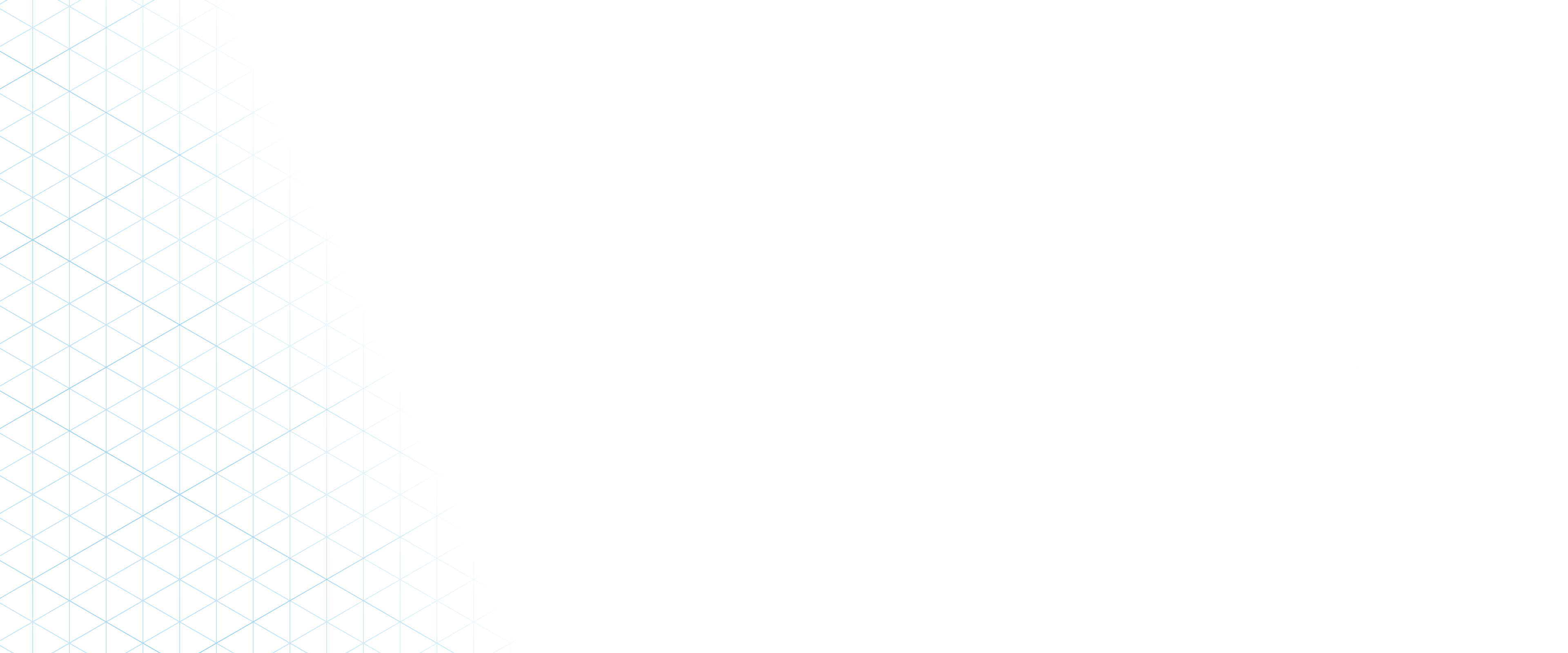

Michael Salter-Scully
Why Not More?
The Tempelhofer Feld airfield is an invaluable ecological asset to the city of Berlin. Its grassland ecosystem is home to many unique bird species, such as the Eurasian Skylark and Corn Bunting, and a variety of insect species. It is also a huge asset in the fight against the heat island effect and climate change as a whole. But why not more? The inner meadow is a highly protected ecosystem containing the vast majority of the site’s biodiversity, whereas the outer meadow, while still important, does not provide the same level of benefits. Therefore, this is where my interventions, aimed at increasing the biodiversity and climate resilience of the site, will happen.
The southern edge of the site is currently covered by grass growing up through the tarmac alongside the old taxiway, this will be removed for the installation of a species-rich dry meadow with a focus on pollinator habitat creation. The meadow is split into five different planting groups, these groups alternating along the length of the meadow to bring diversity of species and continued visual interest. Within each group, there are “backbone” species, which help to bring a sense of visual uniformity to the meadow over its 2km length. There are also “future-proof” species throughout the meadow as well, these species are ones which are more commonly found in warmer climates but, due to global warming, may become naturalised to more northern areas, though monitoring will be needed. The meadow also has three stopping points along the central walkway to allow the local community to observe and interact with this new and precious ecology.
The eastern edge of the site, directly by the entrances, has been converted into a smaller meadow. With the planting of Tilia in a row on the western side of the meadow and the existing trees on the eastern edge of the site, the micro-climate conditions have changed to become much shadier, changing the planting needed for it and the fauna species interacting with it. The same principle of alternating plant groups with backbone and future-proof species is applied. Although segregated in the beginning, these planting groups will, over the years, intermingle to form a cohesive and naturalistic meadow, adding dynamism. Other native species not originally planted into the meadows will also take root as time passes. Another area for people to congregate will be installed at this point as well, shaped to connect all three interventions. The tree planting along the edge of the meadow also creates the edge to this area, giving it a much different feel compared to the usual vastness on all sides felt in Tempelhofer Feld.
In the north-eastern corner of the site, directly bordering the Columbiadamm Cemetery, an urban woodland of over 6.5 hectares will be established. Planted using the Miyawaki method, this woodland will be dense with a space in its centre for people to reflect. This site is currently underutilised, with little recreational or ecological activity. A small woodland is ideal for this area, as it does not disturb the flat, vast visuals of the site that locals so desperately want to retain, and it is able to connect to the cemetery, an area with already established tree cover, ensuring interconnectivity. The increased tree numbers on the site help improve its climate resilience, ensuring Tempelhofer Feld does not remain static but is upgraded to continually be one of the most valuable spaces in Berlin.